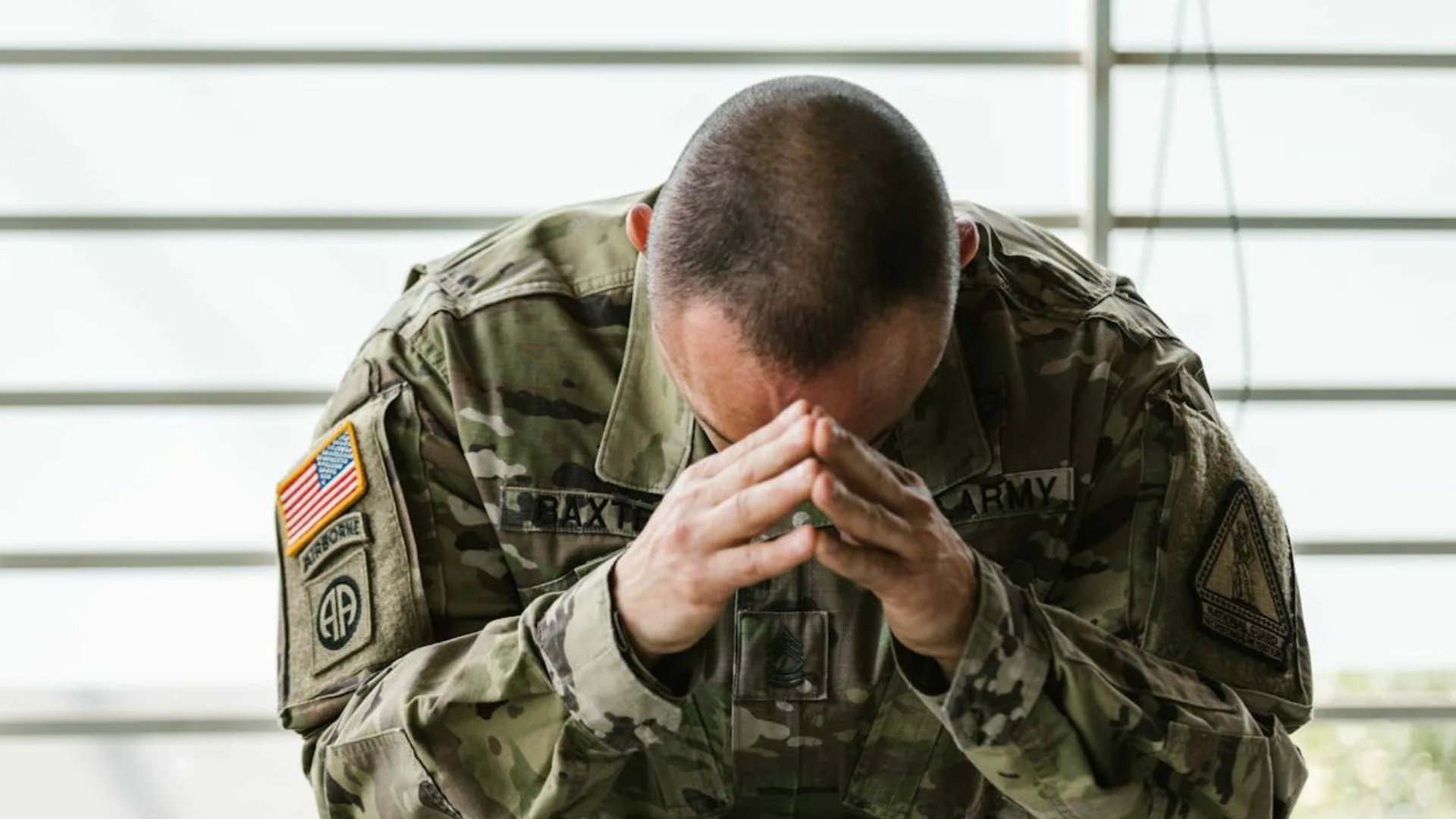CPTSD, or Complex Post-Traumatic Stress Disorder, is a mental health condition that develops after experiencing repeated or long-term trauma. Unlike PTSD, which usually follows a single traumatic event, CPTSD is the result of ongoing trauma—often starting in childhood—where a person never felt truly safe. This ongoing trauma can break down self-esteem, trust, and emotional security, leaving a deep and lasting impact on daily life.
CPTSD most often develops in environments where the trauma is ongoing and escape feels impossible. Common causes include:
- Ongoing childhood abuse, neglect, or abandonment
- Long-term domestic violence or repeated exposure to abuse
- Being forced into sex work, trafficking, or slavery
- Torture, kidnapping, or being a prisoner of war
- Repeatedly witnessing violence or experiencing war
People are more at risk if the trauma began at an early age, lasted a long time, involved someone close to them, or involved multiple types of trauma. While both PTSD and CPTSD stem from trauma, CPTSD is usually linked to trauma that is chronic and relational (involving people close to you). PTSD often comes after a single event—like a serious accident—while CPTSD comes from experiences that are repeated over time, such as ongoing abuse.
More: Acupuncture therapy: What are the benefits?
Main symptoms of CPTSD
Recognizing CPTSD can be challenging, but there are several hallmark symptoms:
- Persistent anxiety: Feeling constantly on edge, worried, or fearful
- Flashbacks and nightmares: Reliving traumatic experiences, sometimes as “emotional flashbacks” that bring up intense feelings like shame or despair, even if you don’t recall a specific memory
- Avoidance: Steering clear of places, people, or situations that remind you of the trauma
- Heightened emotional responses: Being impulsive, irritable, or having outbursts of anger and aggression
- Relationship difficulties: Struggling to trust others, form healthy relationships, or maintain connections with friends and family
- Low self-worth: Chronic feelings of shame, guilt, or being “not good enough”
- Difficulty controlling emotions: Trouble managing strong feelings or sudden mood swings
People with CPTSD often feel alone and misunderstood. They may live with ongoing anxiety and deep emotional pain. Flashbacks may not always involve vivid memories, but instead can be sudden overwhelming emotions that are hard to explain. Many also find it difficult to relax or feel safe, even when the trauma is long over.
More: What is art therapy?


Diagnosis
CPTSD is a relatively new diagnosis, which is why research is still growing. Current estimates suggest that CPTSD may affect 1% to 8% of people worldwide. The World Health Organization (WHO) now recognizes CPTSD in its ICD-11 manual, but not all mental health organizations have adopted it. Some professionals see CPTSD as part of a spectrum with PTSD and other trauma-related disorders.
Traumatic stress doesn’t just affect your emotions—it can change the way your brain works. Research shows that chronic trauma, as seen in CPTSD, can alter the brain’s chemistry and structure, particularly in areas linked to fear, memory, and decision-making. Key regions like the amygdala (which governs fear and emotional reactions), the hippocampus (crucial for learning and memory), and the prefrontal cortex (responsible for planning, judgment, and social behavior) may all be affected. Neuroimaging suggests that these changes are often more pronounced in people with CPTSD than those with standard PTSD, highlighting just how deeply complex trauma can impact the mind.
If you recognize these symptoms in yourself or a loved one, seeking professional help from a trauma-informed therapist is important. Treatment often includes therapy that focuses on safety, emotional regulation, self-esteem, and relationship skills.
More: What is rapid transformational therapy?
Treatment of CPTSD
The primary treatment for CPTSD is psychotherapy, especially trauma-focused cognitive behavioral therapy (CBT). This form of therapy is delivered by trained mental health professionals and aims to help individuals understand their body’s response to trauma, manage symptoms, and reframe negative thought patterns. A major part of trauma-focused CBT is exposure therapy, which gently encourages people to face situations they associate with trauma, helping them build coping skills and reduce avoidance over time.
More: How cognitive-behavioral therapy helps you gain control over thoughts and emotions?
Other trauma therapies, such as eye movement desensitization and reprocessing (EMDR), use guided movements or sounds to help lessen the emotional impact of traumatic memories. Cognitive processing therapy (CPT) focuses on challenging and changing the distressing thoughts and feelings that linger after trauma.
While there are currently no medications approved specifically for CPTSD, healthcare providers may recommend certain drugs to address symptoms like anxiety, depression, or sleep problems. These can include antidepressants (SSRIs or SNRIs), anti-anxiety medications, or sleep aids, used as part of a broader treatment plan.
More: How to regulate your nervous system
The importance of a safe environment and hope for recovery
Healing from CPTSD begins with safety—not only in therapy, but also in the rhythms of daily life. Feeling safe at home, in relationships, and within your routines allows your nervous system to settle and your mind to begin to trust again. Creating small daily rituals, predictable schedules, and comfortable spaces at home can make a significant difference. Even simple actions—like keeping a cozy corner for relaxation, sticking to a gentle morning routine, or setting clear boundaries in relationships—help restore a sense of stability.
Recovery from CPTSD is a gradual journey. There may be setbacks and moments of doubt, but with time, support, and the right interventions, healing is possible. Be patient and gentle with yourself. Celebrate small steps forward and recognize that progress often comes slowly. Each act of self-kindness, each new safe connection, and every day you honor your own needs brings you closer to greater peace, self-understanding, and the life you deserve.
Sources: Cleveland Clinic and Mind













